TAIPEI — As part of our inaugural trip from Dallas-Fort Worth, Airways had the pleasure of touring the Evergreen Aviation Technologies Corp. (EGAT) facilities at TPE airport. The company provides state-of-the-art MRO services to a large number of airlines, including EVA Air (BR).
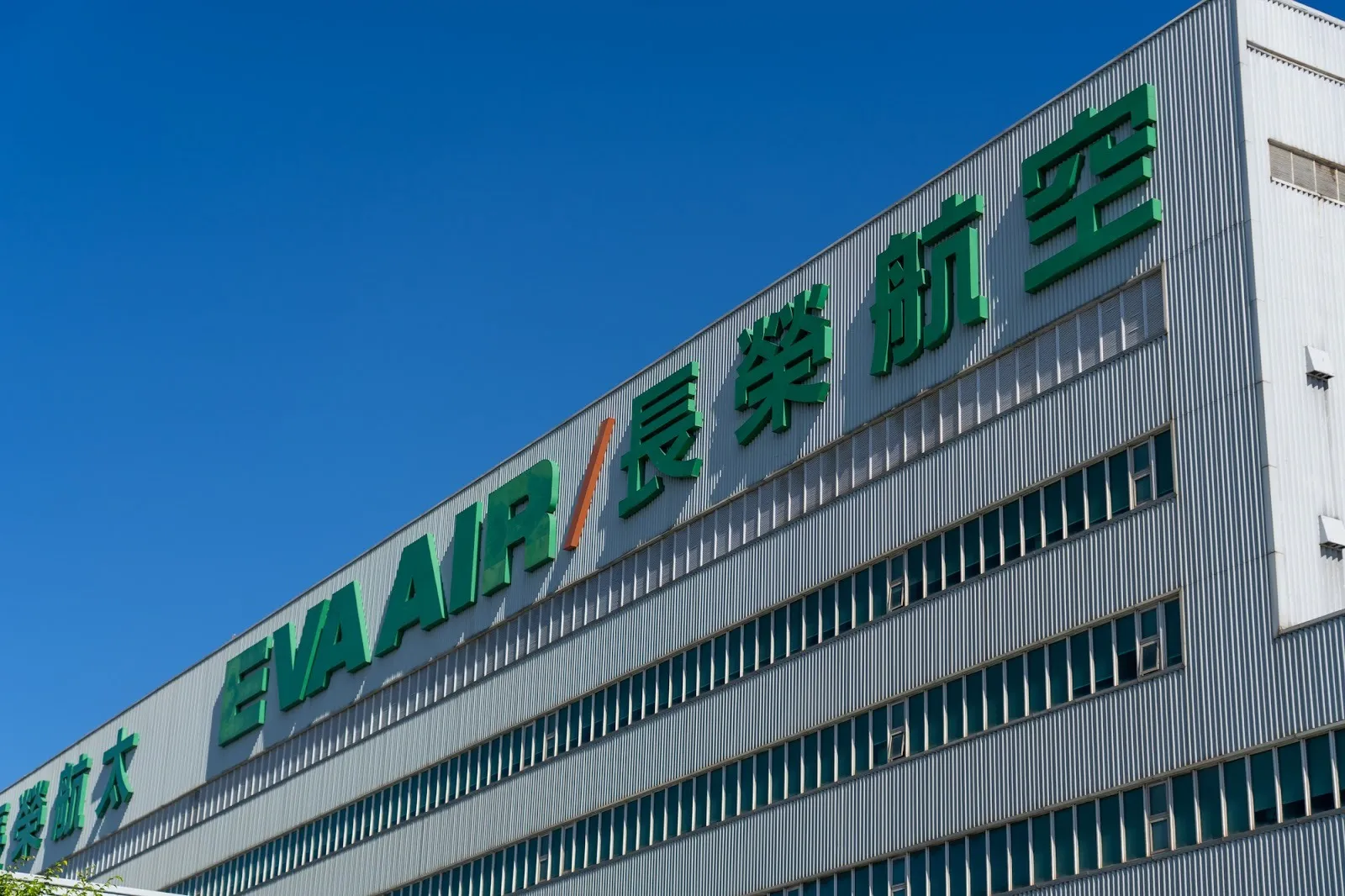
Background
EGAT was established in November 1997. In 1998, General Electric Aerospace (GE) became a shareholder. EGAT has won several awards over the years, including the best MRO in the region in 2009 and 2011, providing services to more than 35 airlines.
The avgeeks reading this will immediately associate the facilities with the Boeing 747-400LCF Dreamlifter, Boeing’s large-scale transport aircraft. The Dreamlifter was announced back in 2003 to transport large components for the Boeing 787 (7E7 at the time) assembly. The four aircraft were modified at the EGAT facilities, with the first unit, N747BC, taking off for the first time in September 2006.
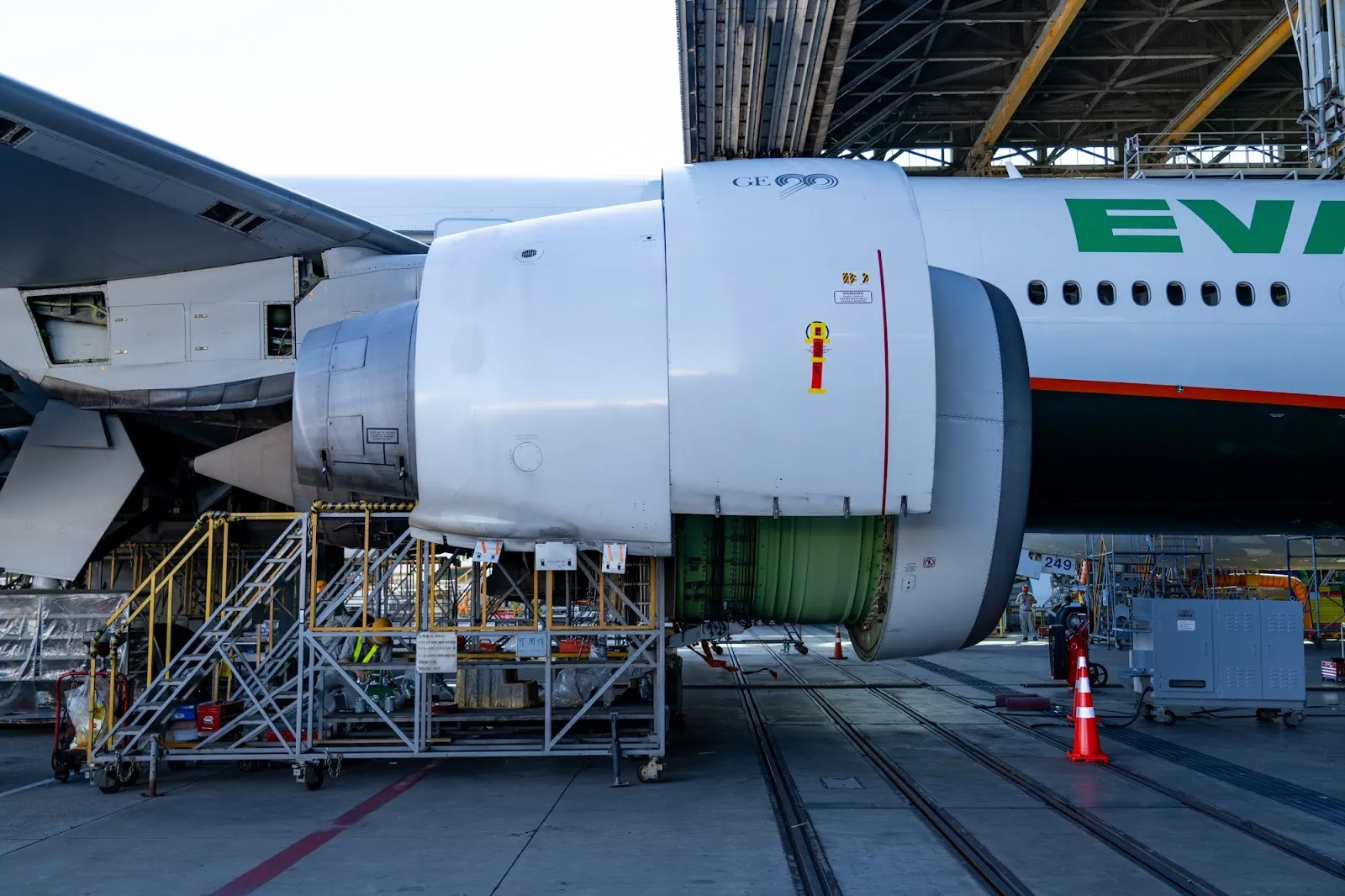
The company also carried out the modifications on the GE flying test bed N747GF between 2013 and 2014. The modified Boeing 747-400 has been used to test the large GE9X engine.
EGAT’s maintenance campus is based at Taoyuan Airport, while its manufacturing facilities are in Guanyin, south of TPE. According to data from Cirium, EGAT is the largest provider of C- and heavy checks on four-engine aircraft in the world, with almost 40 aircraft undergoing heavy-duty maintenance in 2024.
The maintenance is carried out exclusively on the Boeing 747, of which EGAT is the largest MRO provider worldwide.
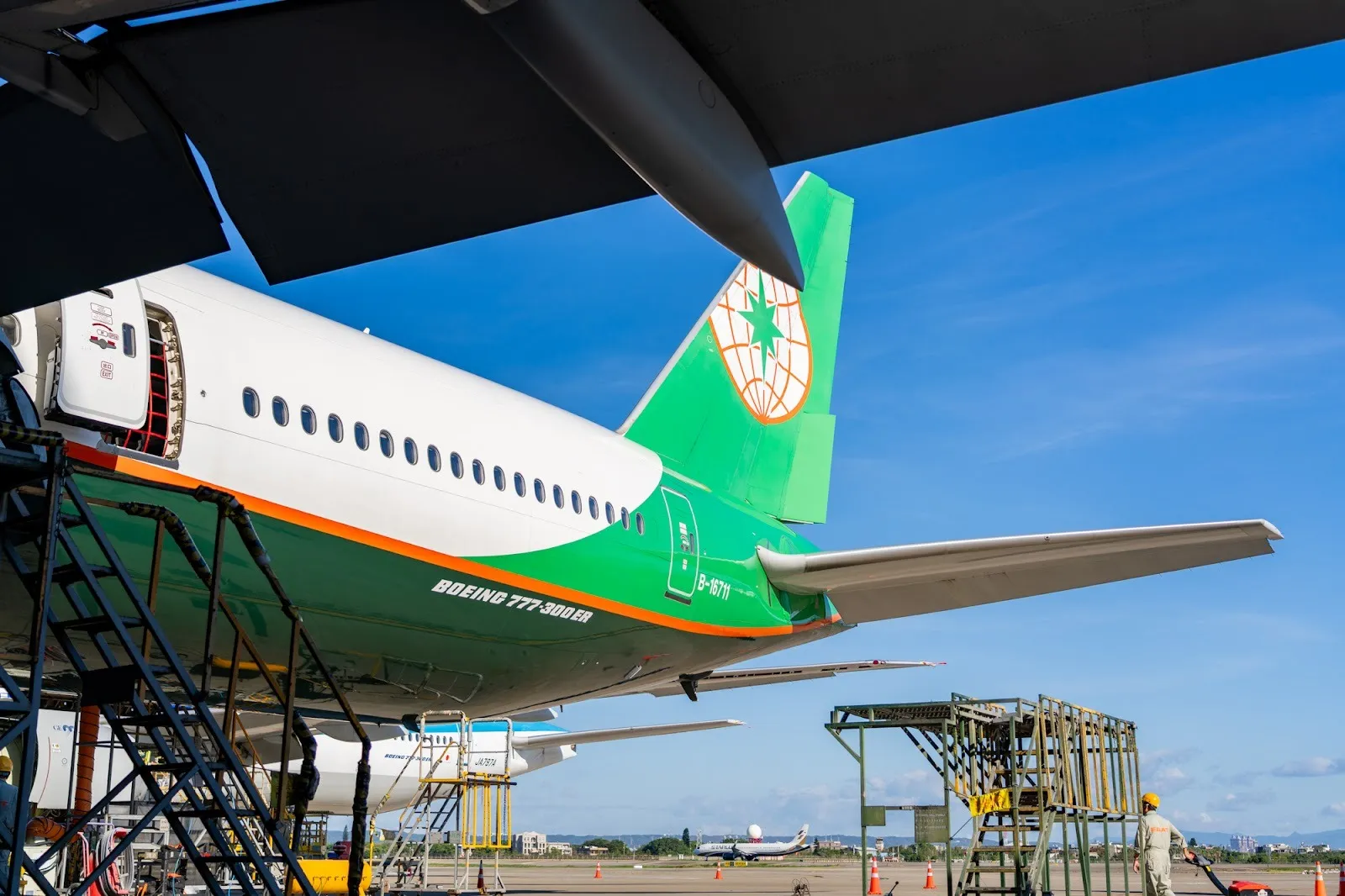
EGAT takes care of wide-body maintenance for EVA Air (BR), which accounts for 20% of its commercial partnerships. The remaining 80% is split between North America (40%), North-East Asia (30%) and Europe (10%).
North America collaborations are mostly focused on cargo partnerships with UPS, Atlas Air and Northern Air Cargo. North East Asia includes ANA (NH), Asiana Airlines (OZ) and Skymark (BC), while Europe deals with British Airways (BA), Austrian (OS) and Tui (BY).
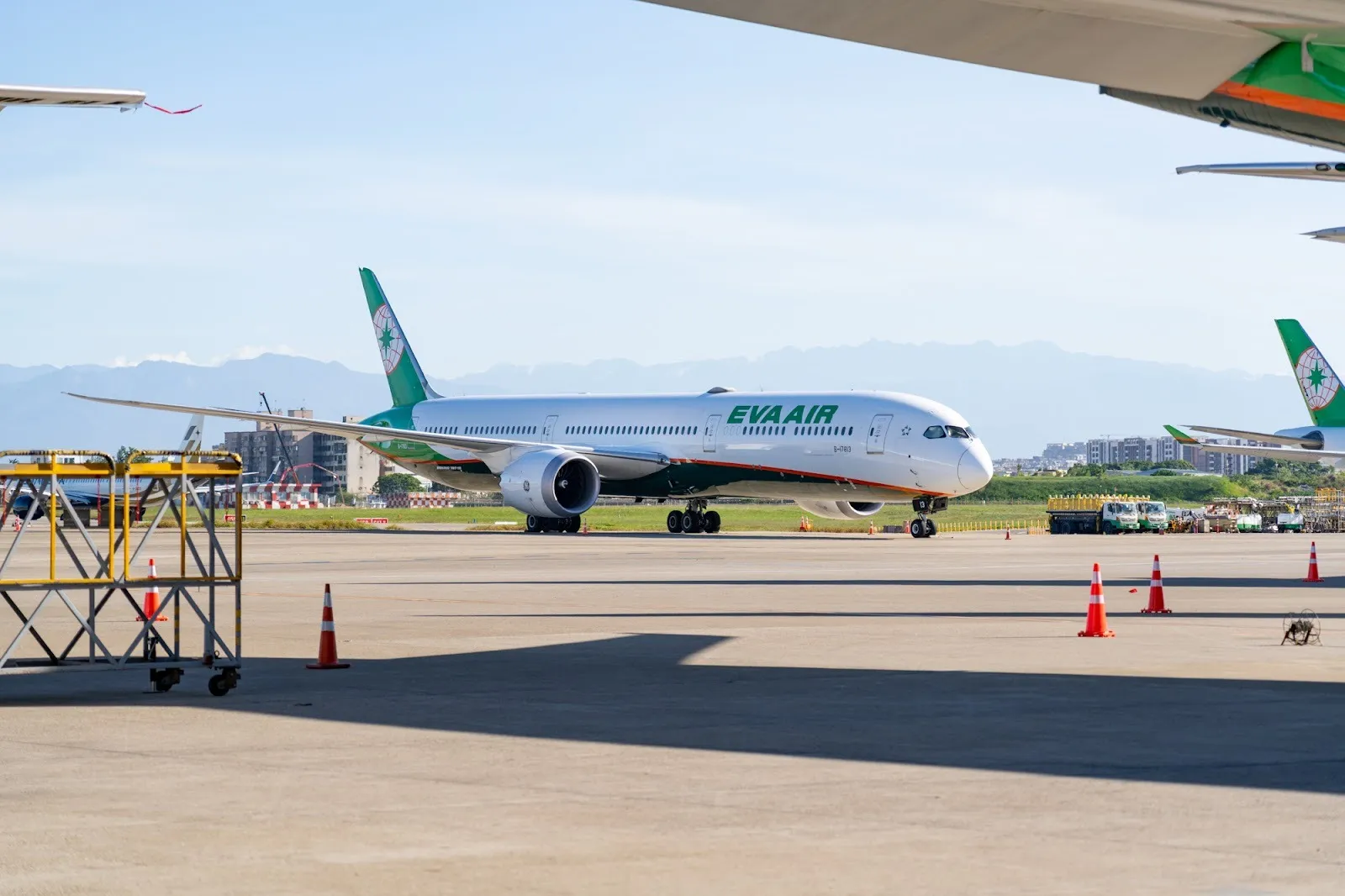
Our Visit
EGAT can welcome a total of nine wide-body and 3 narrow-body aircraft in its hangars. Heavy maintenance accounts for almost three-quarters of its man-hours. Of the over 4,300 heavy maintenance check events, more than 1,000 were on Boeing 747s, followed by 845 on Boeing 767s and 750 on Boeing 777s.
3,600 events were carried out on Boeing aircraft. A large monitor allows for to follow of the route planning of each aircraft in the BR fleet. This enables EGAT to visualise the airline’s timeline and plan maintenance.
EGAT will be able to carry out MRO work on the Airbus A350 before the type joins BR in 2027 and will soon announce two more customers from Asia. EGAT also takes care of BR’s A320s, A330s, Boeing 787s and 777s.

After we arrived from DFW, I noticed the large number of widebodies parked near the very beginning of RWY 05R. As we wore our safety equipment and entered the hangar, we immediately noticed twin-aisle airliners and double-decker freighters. We first met a white, unbranded Boeing 747-400F undergoing maintenance, then turned our heads to a British Airways (BA) Boeing 777-300ER.
Parked on the apron, numerous wide-bodies from BR, including B-16333, one of the Airbus A330s in BR’s fleet to feature the special Sanrio Characters livery. A second A330, B-16331, also featuring a similar livery, was parked just outside the hangar with its engines covered. The absolute majority of aircraft was made of EVA Air’s widebodies, including a Boeing 787 undergoing cabin refurbishment.
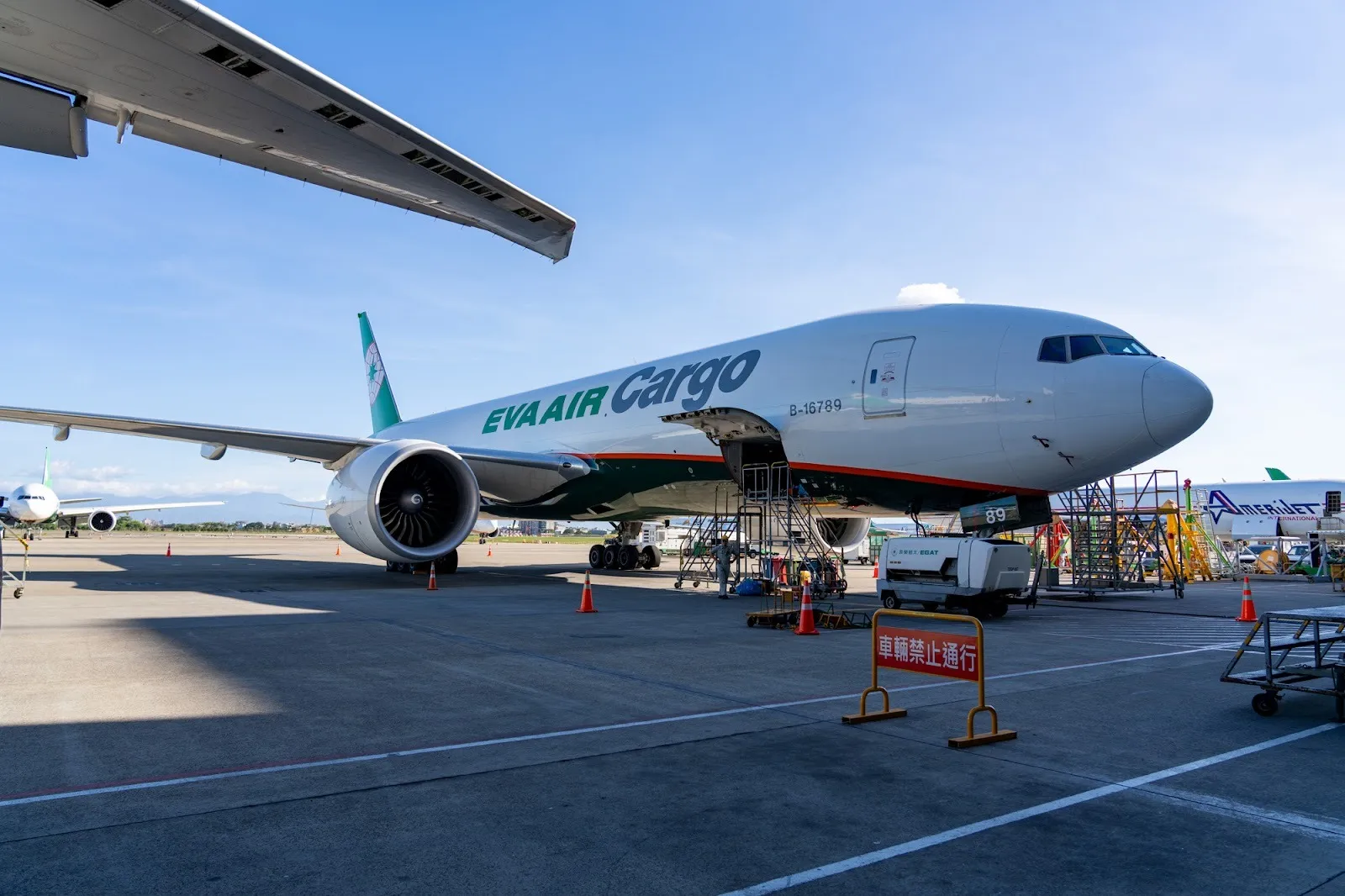
Our visit continued through the hangars, where a Boeing 747-400 LCF awaited us. Seeing a Beluga or a Dreamlifter for the first time is an important avgeek’s bucket list. However, little did I know today that we would actually step on board the aircraft and walk its entire cargo bay, where heavy-duty maintenance was ongoing.
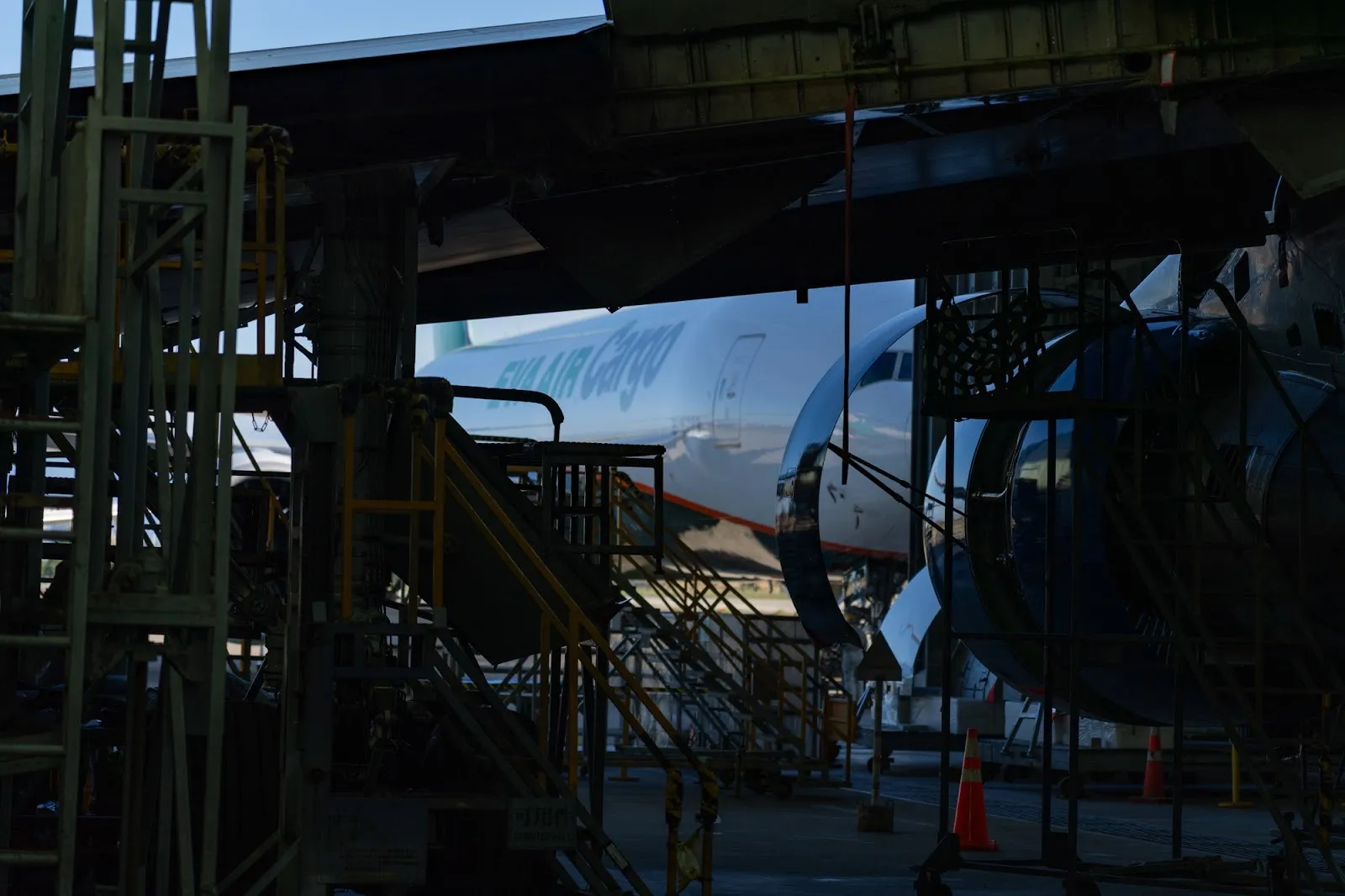
We boarded the aircraft through the “regular” cargo door on the right side, climbing a narrow set of stairs to the largest cargo bay I have ever seen on an aircraft. The area is not pressurized, so several fans are required to blow hot air to prevent freezing. Before our visit, the maintenance team had laid a floor to allow working on the aircraft.
A team in the back was working on the horizontal stabilizer behind the large jackscrew. The entire cargo area, including the large rear door, was equipped with cables controlling the aerodynamic surfaces. We concluded the visit by walking under the wings and fuselage, and I spent some time staring at the massive horizontal stabiliser from up close.

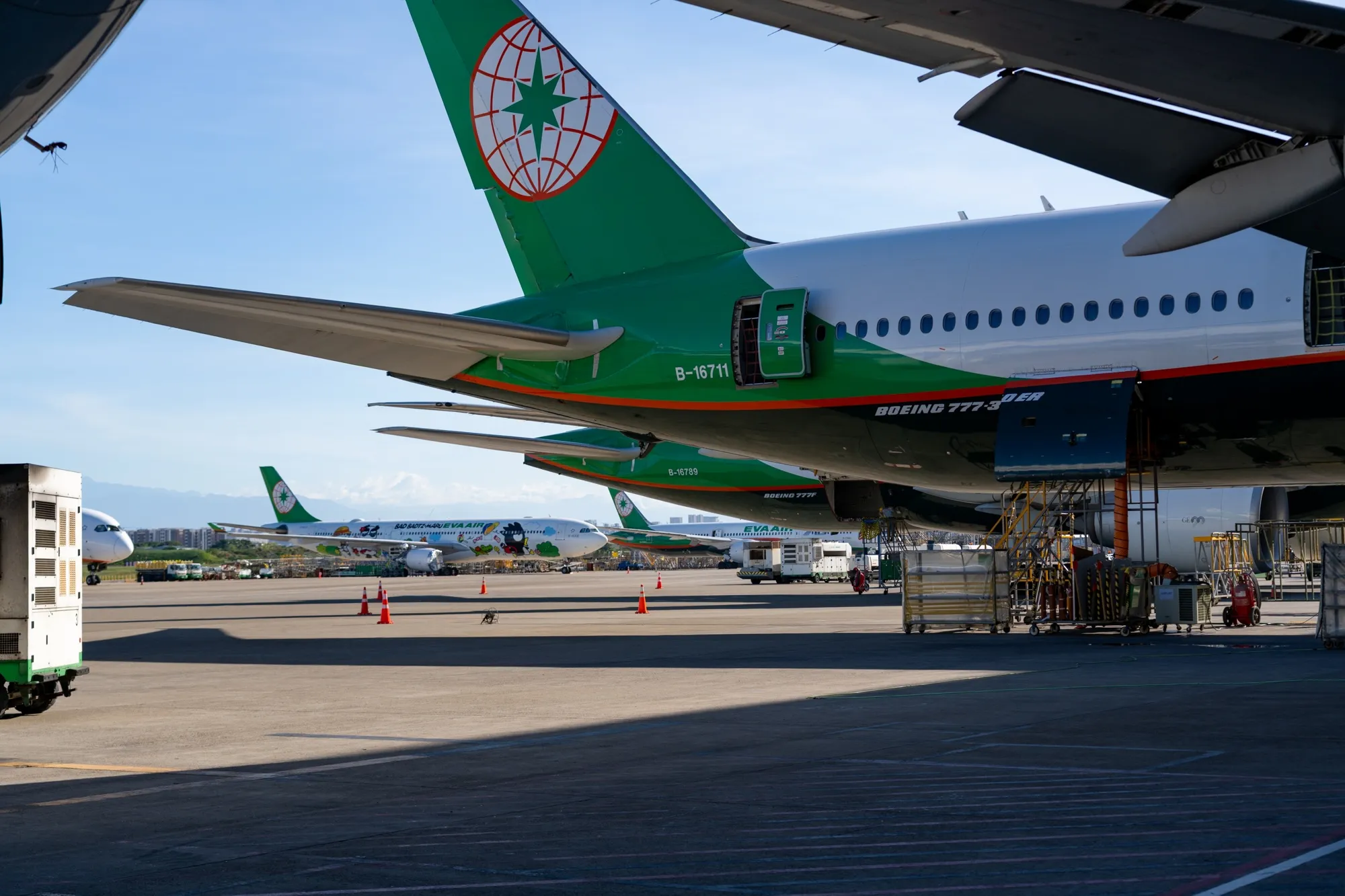

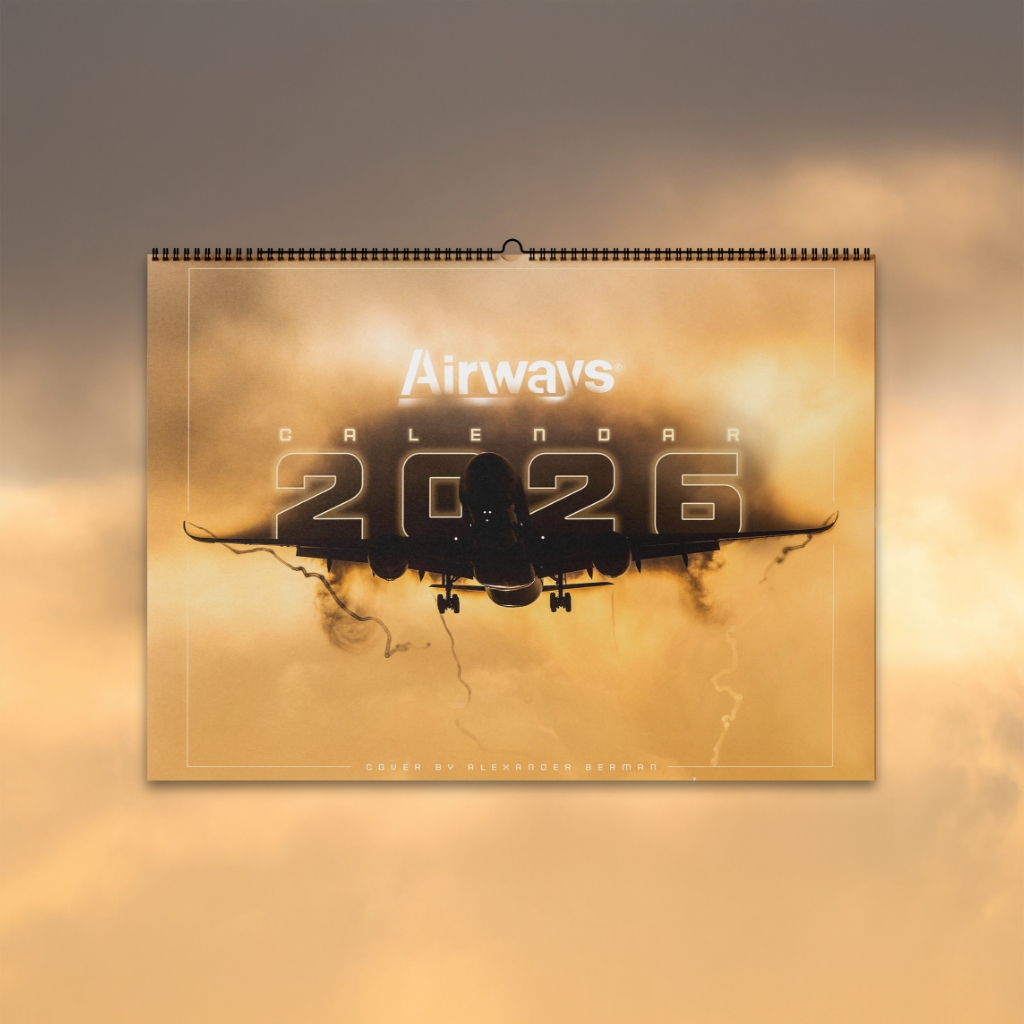
.webp)
